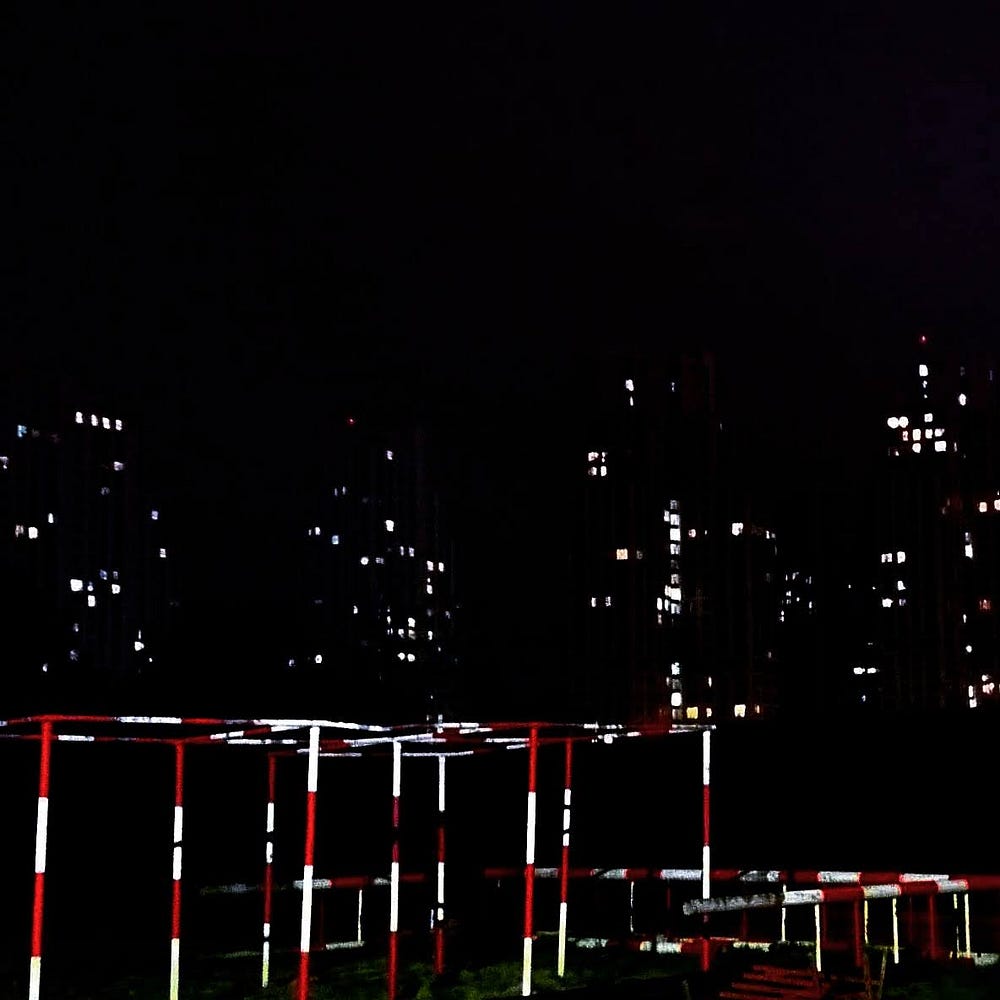Conservatives in Sports

I would like to share my thoughts and local observations about the relationship between the use of space and the body, around the concept of habitus.

In the public spaces of the districts where conservatives predominantly live, who establish their identity through religion and nationalism, there are not many people doing sports. I was born and raised in a place like this and that is why I speak that confidently. I have never left more than a week long Kayseri, the city where I was born, until I got the Nuclear Engineering department at Hacettepe University in 2010 and moved to Ankara. And only from then on I had to think about the contradictions appeared with another reality in relation to space and the body. The space shaped by the relationships that have emerged in the closed world of conservative cities is not organized in a way that allows to do activities that affirm the body and connect with life, such as sports. Thus, the form of the space embodied in this way does not allow an action that would enable the differentiation of these relations to emerge. I think at this point, the relation of the concept of “conservative” with “conservation” becomes more visible.
I think I have identified two reasons why sports are not in demand in settlements where conservatives are concentrated. First, it has to do with how the ethos (we can call it a specific consciousness) positions the body as an entity. The body in the religious consciousness, is a temporary dungeon that souls trapped inside until it passes into the spiritual world. This causes the body to position itself as an inviolable element. Despite this pre-acceptance, the way of existence of the body is considered unexpectedly important. On the other hand, a body that was born flawed in some way or deformed later or not considered beautiful according to uncertain aesthetic tastes is humiliated to the utmost. However, intervention in this body area, which seems to be so decisive, is realized as a prohibited area on the grounds that it is a sin not to like the body given by Allah. We can think the reflection of sport in religious consciousness in this context. The second reason is related to the concrete additions that the said ethos puts on the body. Socially constructed forms such as the size of the body (weight, height, posture, spine inclination, what is done with the hands, gestures, facial expressions, gait, accent, etc.), and the preferences/impositions of clothing and accessories (for men: mustache and beard, rosary, smear, uniform trousers-shirt-shoes; for women: sometimes only a black chador, sometimes a headscarf, a wide skirt extending to the ankle, a combed cotton blouse that completely covers the sleeves, an Orlon vest or jacket according to the season, “mother shoes” etc.) are the most common of these additions.

Let’s recall the images attached to the runner prototype: for females, sleeveless t-shirt with straps, tights that cover the legs and are open at the knee, an elastic band-clasp that holds the hair together and behind the forehead; for males, a standard regular t-shirt and shorts over the kneecap; and common to both genders: breathable polyurethane-soled lightweight sneakers designed for running, towel-wristband to wipe the sweat from the face, headphones that convey motivating music, and so on. I am aware that these are very rough standardizations, but the image that appear in any “runner” search on the internet points to such a prototype.
Of course, a proposition that can define a pattern about the clothes that women or men living in conservative cities in Anatolia can buy in local haberdashery stores, should be tested but it can be assumed that there is no specific sports clothing to sell and consumer demand for.
It can be said that common body forms also took shape in a way that those who have it would not considered it as a problem, and this common form became commonplace. The sports equipment designed to form a body does not manifest itself as an expression of the goal of touching the core of the problem. The interest in shaping these bodies comes from outside. But it is seen that this idea does not emerge from the dynamics of the community and this action is not performed collectively. It can be observed by the gaze directed at exercisers who use a few sports equipment (dubious to work) that the municipalities have placed in the pocket parks, is quite disturbing.
[1] I remember when I was working for a shipyard at Tuzla, one of my colleagues, whom I offered to run on the Pendik coastline after work, laughed at me loudly.
Mastodon
Comments
Post a Comment